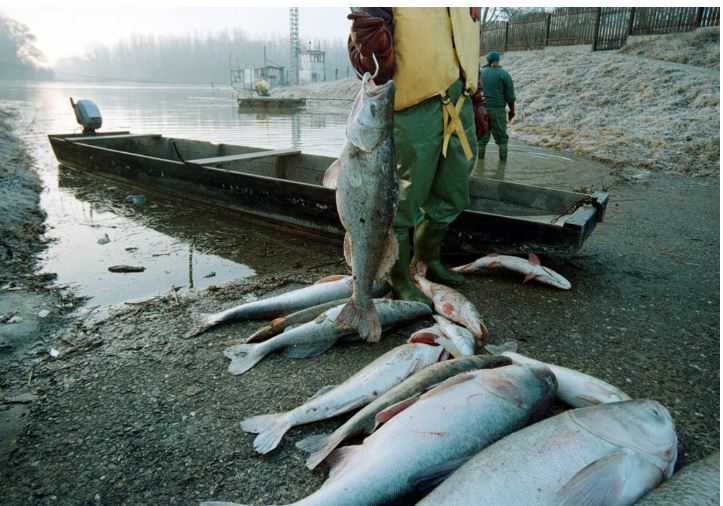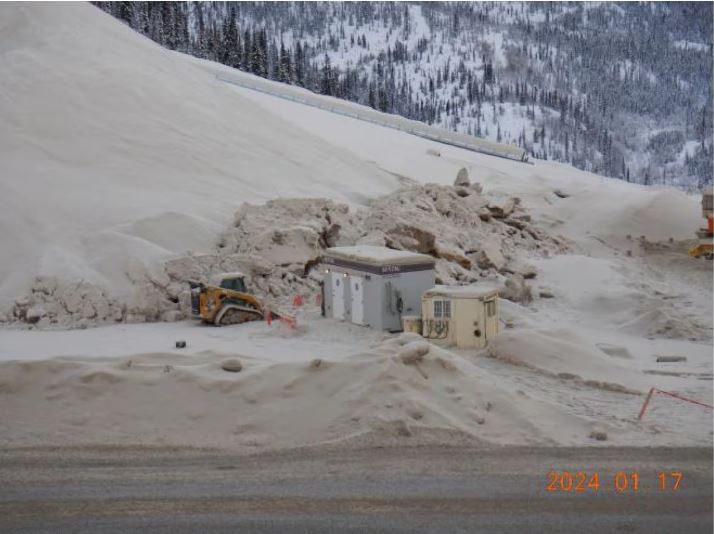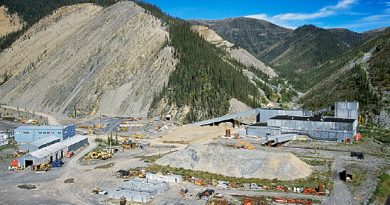Experts raise concerns over potential cyanide spread after Yukon mine failure

By Caitrin Pilkington
Some experts are warning of potential impacts of cyanide in the territory’s waterways after a heap leach failure at Victoria Gold’s Eagle mine near Mayo, Yukon.
Within hours of a report of a heap leach slide at mine, stock prices for operator Victoria Gold dropped by more than 80 per cent.
Operations at the mine halted immediately after the incident. Workers were told they should expect to be off for at least 13 weeks.
Victoria Gold employs more than 600 people, 40 per cent of whom are from the Yukon, according to its annual sustainability report.
The mine is less than 50 kilometres from the town of Mayo, Yukon.
”The economic impact will be felt not just in Mayo but across the entire territory, if operations are halted or affected in any way”, said Mayor Trevor Ellis. ”I just hope that this isn’t the end.”
But some experts are warning of even more lasting potential consequences.
Risk of cyanide poisoning
”Pad leaching is very common”, he said. ”It’s been adopted globally as a low-cost way of recovering metals, including gold and copper. But if they’re not engineered properly, pads can fail.”
“The concern initially is always for people at the site. Sometimes these failures can be extremely significant and bury people.”
But after the immediate dangers pass, Steen said the greatest concern is contamination.
“The worst case scenario would be cyanide leaching into river systems,” he said. “Cyanide is water soluble and it affects, you know, most animals, fish, insects… they’re all susceptible to cyanide poisoning.”

Steen said the impacts of cyanide in waterways were seen in Romania in 2000.
”I still remember the very graphic images we saw after that incident of all these fish floating down the river.”
A spokesperson for the Yukon government said there is no drinking water advisory in effect for Mayo. Neither the company nor the government have shared any details about the environmental impacts of the incident. CBC has reached out to Victoria Gold for interviews but has not heard back.
Jamie Kneen, national program co-lead for MiningWatch Canada, said there is serious cause for concern.
”This is pretty close to one of the worst things that can happen”, he said, of the incident at Eagle mine. ”Because the potential for cyanide to get into waterways is significant.”
“The consequences of that would basically be killing everything downstream until it gets diluted out to a low enough level.”
Kneen said the scale of the impact will depend significantly on the amount of material involved and its proximity to water.

“Cyanide heap leach is a very environmentally dangerous process to begin with because you’re putting crushed rock and cyanide solution on the surface,” he said.
The heap leach facility at Eagle uses a cyanide solution to percolate through ore, stacked in 10-metre layers, to dissolve gold.
Kneen said a safer alternative would be to put that crushed rock in tanks and mix the cyanide in a controlled environment.
”When it’s done out in the open, you risk, you know, not just disasters like this but runoff leakage from the rubber liner that is supposed to collect it all.”
Kneen said other environmental concerns around using cyanide include the potential for the toxic chemical to leak from pipelines and treatment systems.
Previous incidents
Publicly available inspection reports from the Yukon government show Victoria Gold was in violation of water management protocols in October 2023.
In January, a government inspector found evidence of a slope failure which moved approximately 14,000 tonnes of crushed ore.
“A preliminary investigation has been received from [Victoria Gold],” the inspector wrote at the time.

”Further assessment is ongoing to identify the cause of the slough and determine whether any damage occurred to the liner and underdrain system.”
The Yukon government did not return a request for comment regarding the inspection reports and any further action taken at the time by the department of Energy, Mines and Resources.
A government spokesperson shared that an investigation into the June 24 incident is underway involving the territorial government, the Yukon Workers’ Safety and Compensation Board and Na-Cho Nyak Dun First Nation.
Related stories from around the North :
Canada: Damage at Yukon’s Eagle mine site could be ‘worst-case scenario,’ says local mayor, CBC News
Sweden:Swedish developer GRANGEX buys iron ore mine on Norway’s border to Russia, The Independent Barents Observer
United Stated: Canada and U.S. make co-investment in Fortune Minerals N.W.T. project, The Canadian Press



